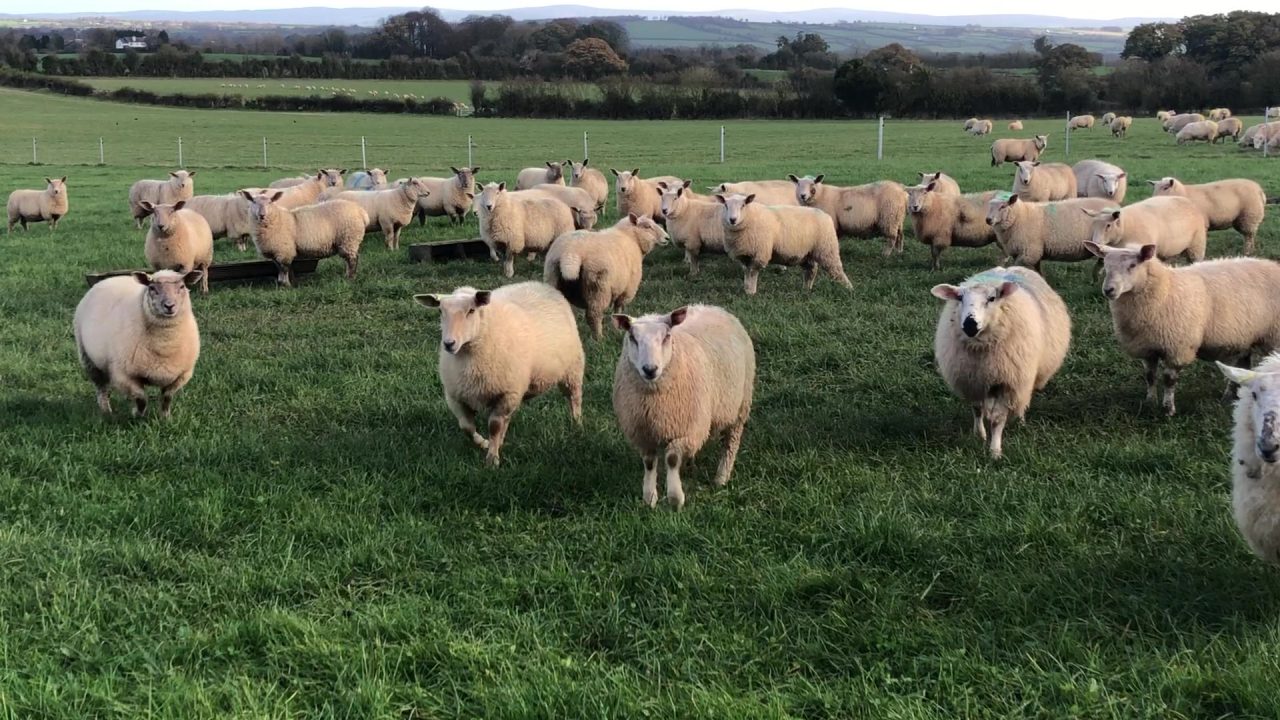Advantage Beef Programme

In a recent update on the store lamb system on the ABP Demo Farm, ABP Food Group's Advantage Beef Programme farm liaison officer, Gavin Healy, offered farmers some tips and advice to consider when buying store lambs this autumn.
He said: "Store lambs should be bought at a weight determined by grass availability and the system on farm. The aim for the ABP Demo Farm for this season is to purchase lambs at 30kg in mid-August for slaughter in February/March.
"Some farms may need to look at heavier stores to finish quicker whilst others may have facilities to use when grass supplies are diminished."
When purchasing store lambs, Gavin said: "Great efforts should be made to reduce the number of source farms.
"This is to reduce the risk of disease spread across the lambs. It is also very important to look at the previous performance of lambs sourced from certain flocks."
The table below shows the difference between the performance of lambs on the ABP Demo Farm that were bought from six different farms:
| Flock | Days on farm | Percentage with health issues | Percentage mortality |
|---|---|---|---|
| 1 | 200 | 12 | 5.1% |
| 2 | 207 | 11 | 1.5% |
| 3 | 208 | 17 | 0.0% |
| 4 | 200 | 13 | 2.6% |
| 5 | 215 | 7 | 5.2% |
| 6 | 202 | 10 | 3.9% |
As can be seen in the table above, there can be a significant variation between lambs from different farms - especially when it comes to health.
Like all livestock systems, attention to detail on animal health is essential to keep mortality as low as possible.
The key animal health protocols for the store lamb system on the ABP Demo Farm are as follows:
- Lambs vaccinated against pasteurellosis pneumonia and clostridial diseases;
- A blowfly preventative pour-on administered;
- Lambs receive a monthly cobalt drench as well as a run through a zinc sulphate footbath when in the mobile handling unit;
- Fluke and worm doses are chosen and administered according to dung sample results.
On average, the lambs on the ABP Demo Farm were drafted for processing at a liveweight of 51kg with a mean drafting date for slaughter of March 4 (2024).
Lambs had an average carcass weight of just over 22kg and an overall average daily live weight gain of 0.14kg/head/day across the group.
